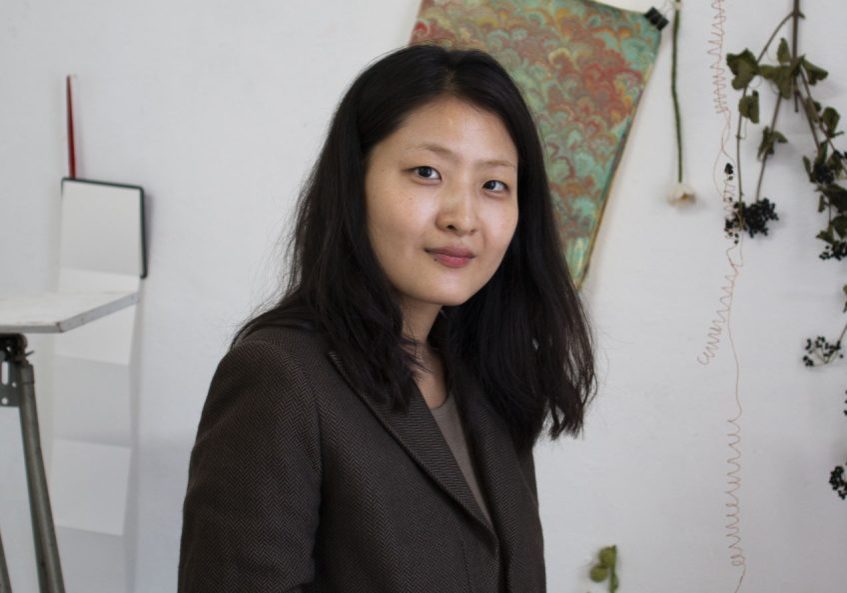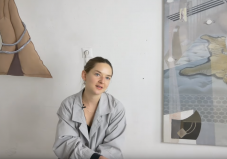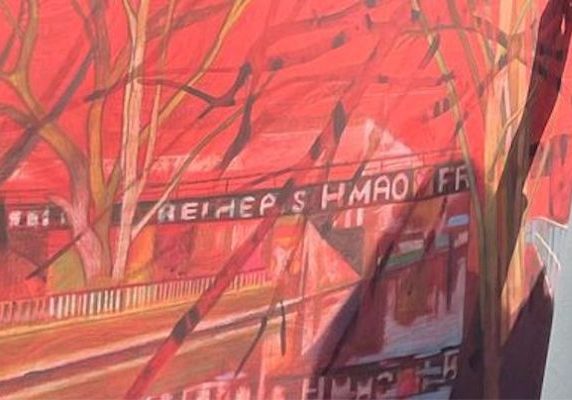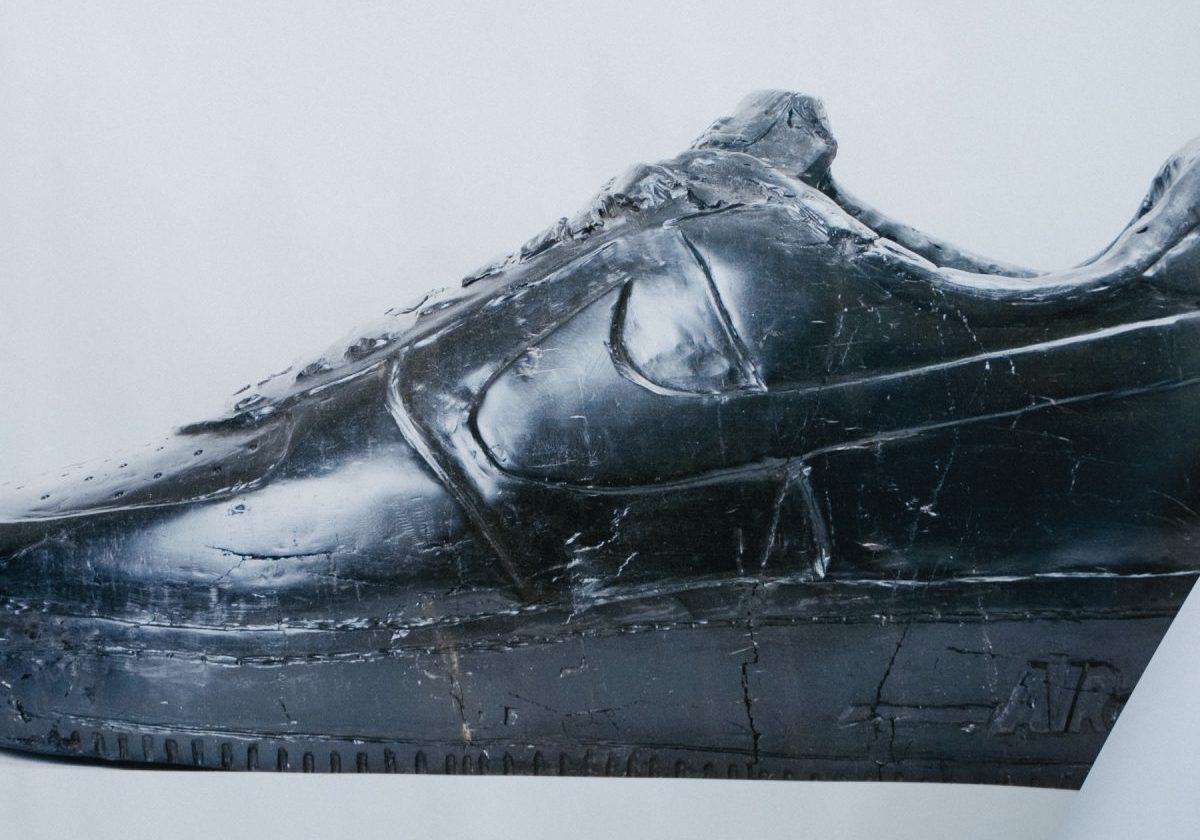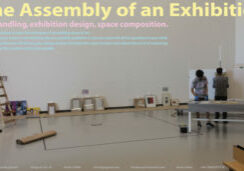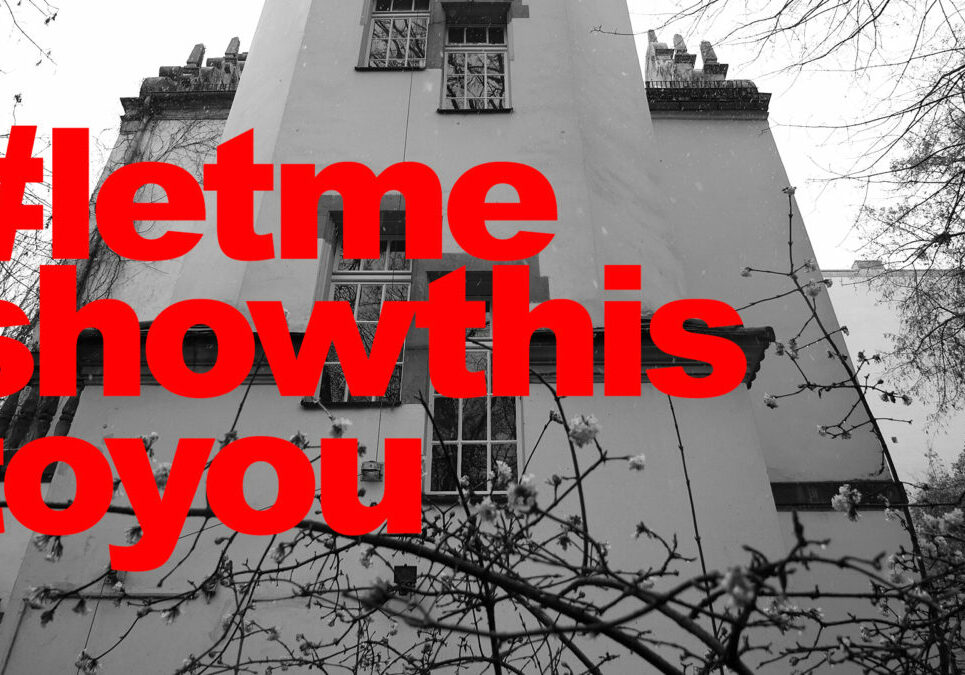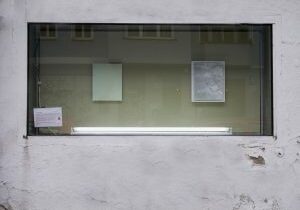Meet the Artist // Rieko Tsuji
Rieko Tsuji researches and expresses gender issues through creating works using crafts and video. Through traditionally feminine methods of handicrafts and sewing as well as turning the works into cute visuals, Tsuji is attempting to defy the expectations of androgynous, strong role model characters that are often directed at female artists who talk about queer culture and feminism. How can women be respected while remaining feminine?
Could you tell me a bit about your background and the project you are proposing for this three-month residency here at GlogauAIR?
I’m a visual artist from Tokyo, Japan. Lately I’ve been working on installation work combining handicrafts and video. During this residency, I ́m planning to make soft sculptures and short films. Right now I have a lot of ideas for my film but I still haven’t decided which direction I should go. The themes I have in my mind now are dream destination, the Western gaze to the east, and the cultural inheritance of nomads.
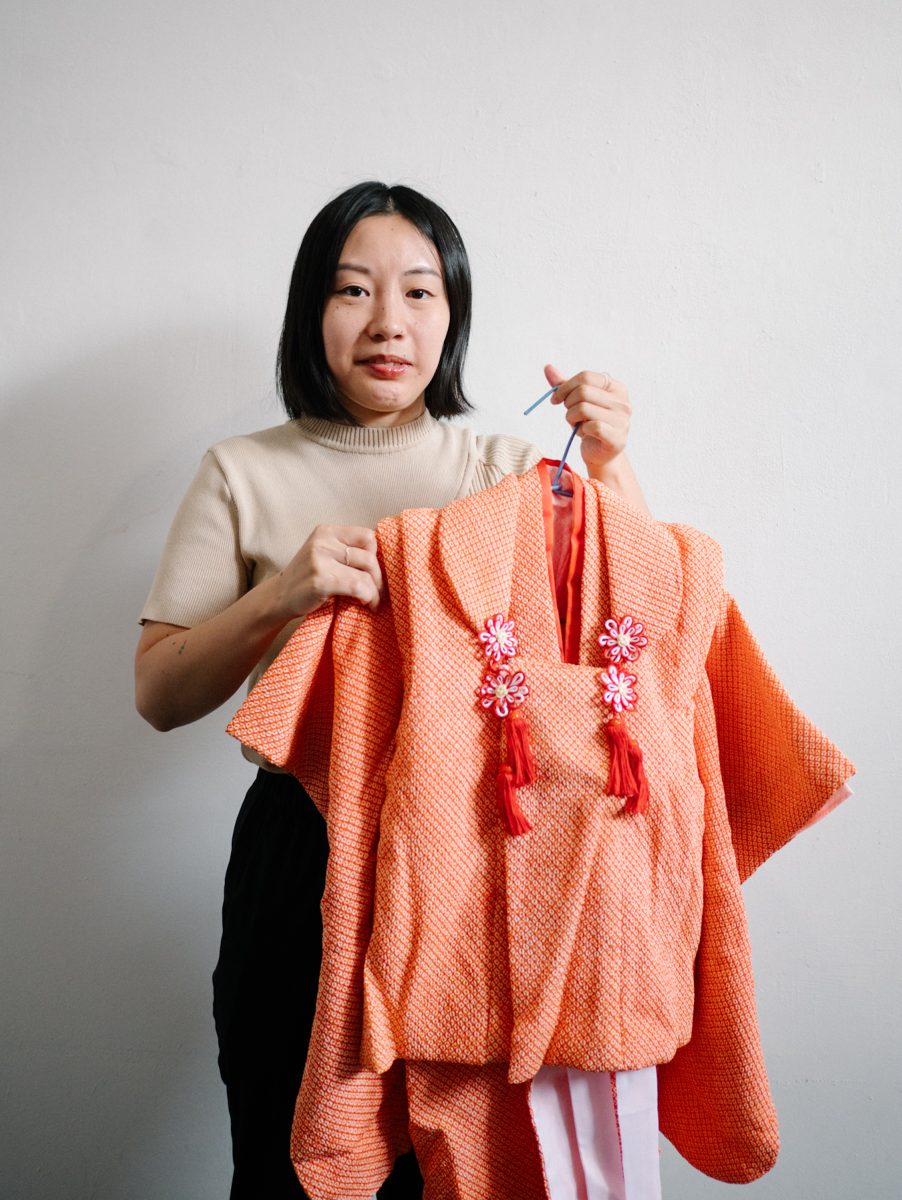
Could you elaborate on the themes you explore in your work? What is your own position within these themes?
Let me explain those themes. A dream destination is a place you always wish to go, somewhere very mesmerizing for you. It can sometimes be a place you have never been or don’t know exactly what it is like. For me, abroad in general was a dream destination since I was young. I guess one of the reasons is that Japan is a big island and you’re completely divided from other foreign countries. In Japanese TV 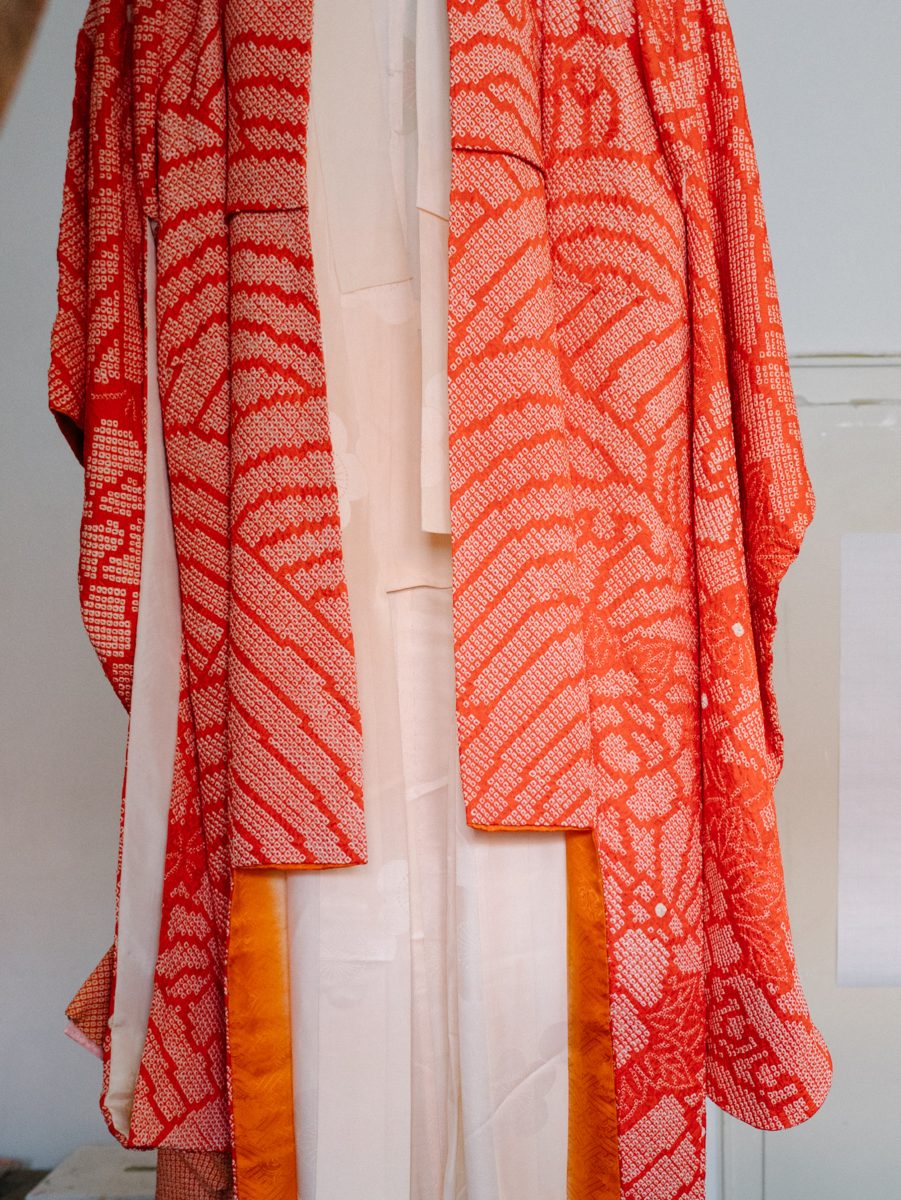 series, there are often depictions of the protagonist going abroad as a success story. Japanese people dream about the world beyond the sea and I was one of them.
series, there are often depictions of the protagonist going abroad as a success story. Japanese people dream about the world beyond the sea and I was one of them.
Then the Western gaze to the East…There is a word: orientalism, which means imitation or depiction of aspects of the Eastern world by Western writers or designers. It’s often used to talk about the stereotypical image of culturally Eastern people, such as a quiet, submissive or mysterious woman from Asia. I struggled to get out of those expected and projected images of me, but later I realized that the stereotypical image is partly true and that I carry it with me. I was told to be humble and calm by Japanese society and it became part of my character. And I actually enjoy being a calm person. So, while staying in Europe, I want to reconsider how to deal with this dilemma between projected image by the West and what it really means for myself.
The cultural inheritance of nomads is from my personal experience. My mother always wanted to go abroad to study, but my grandparents never approved of it. But in my case, I was sent to an English school when I was young, so I could have that opportunity in the future. I think this opposing way to educate us actually relates to each other. Now I’m travelling to Japan and Europe back and forth like a nomadic person and wondering how it started. So this is another topic I want to dig deeper into during my residency. I will talk about these topics in my video without any clear answers, maybe just rambling.
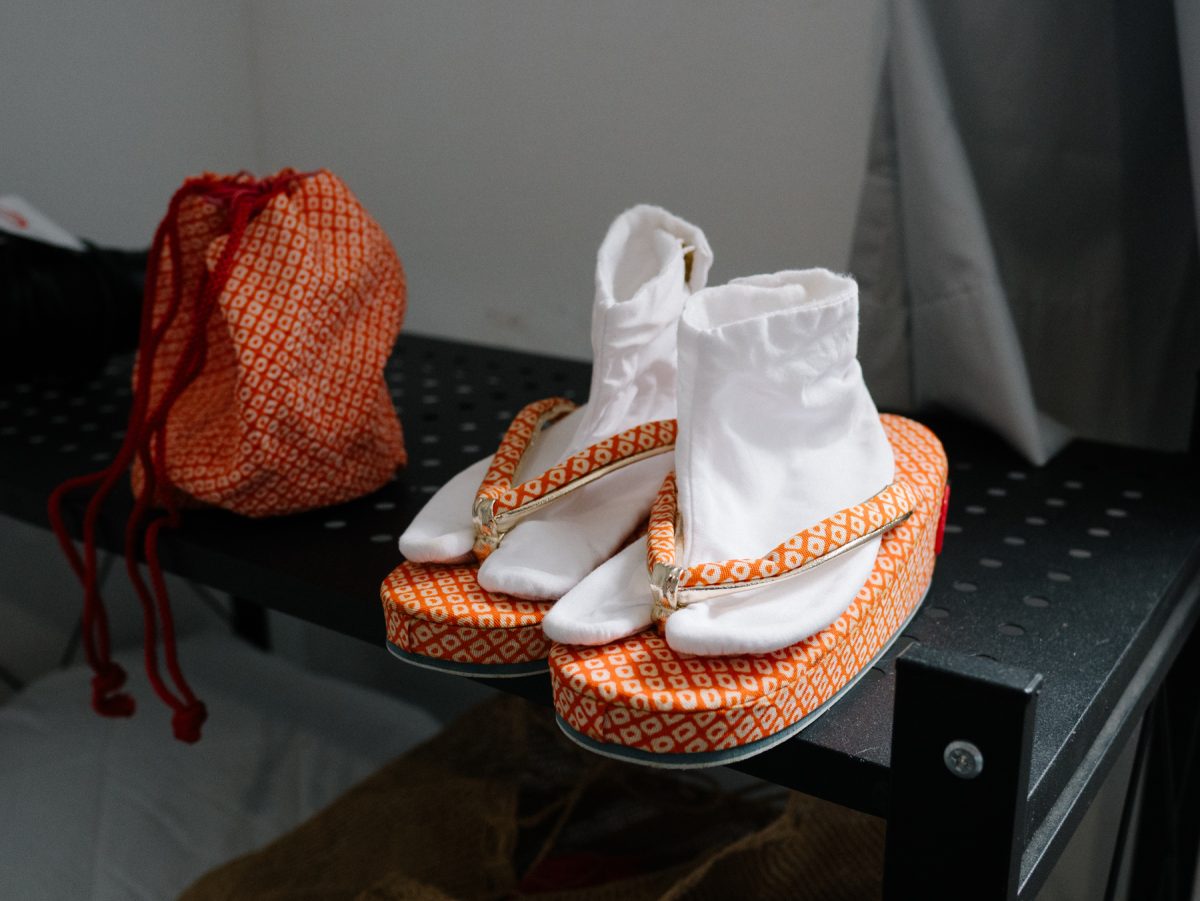
How are gender equality and queer rights currently addressed in Japan, in your view? How does that compare to what you observe in Berlin?
I can tell there’s still a lot of people repressed in Japan. Same-sex marriage still isn’t recognized yet, and it will take some more decades. In Berlin, I’m really happy to see queer couples holding hands or making out by the river or expressing their love in the public space. In Japan, there is one certain way of life: get married, have kids, own a house. And there are no other options suggested by the society. You rather try to fit in that box or be an outsider…And Japanese society is harsh on outsiders.
What inspired you to work with puppets or stuffed animals? What role do they play in the narrative of your artwork?
My grandma’s younger sister makes handicraft dolls at her place with her neighbors, and I like how she creates a good community for elderly people who live by themselves. They gather in a circle around the table and make stuffed toys together. It’s kind of like group therapy, and I admire that gentle atmosphere. That’s a huge inspiration to my work. Besides, I love stuffed toys, I still keep my old dolls that I got when I was six. I made a video of one of these dolls and his wedding ceremony. The story of the video is about how stuffed animals can build a family without having fertility, they don’t have a gender or sexual features on their body. So, if they want to have kids, they have to adopt one. I think that is a good way to tell others that there are other ways to have children than just sexual intercourse.
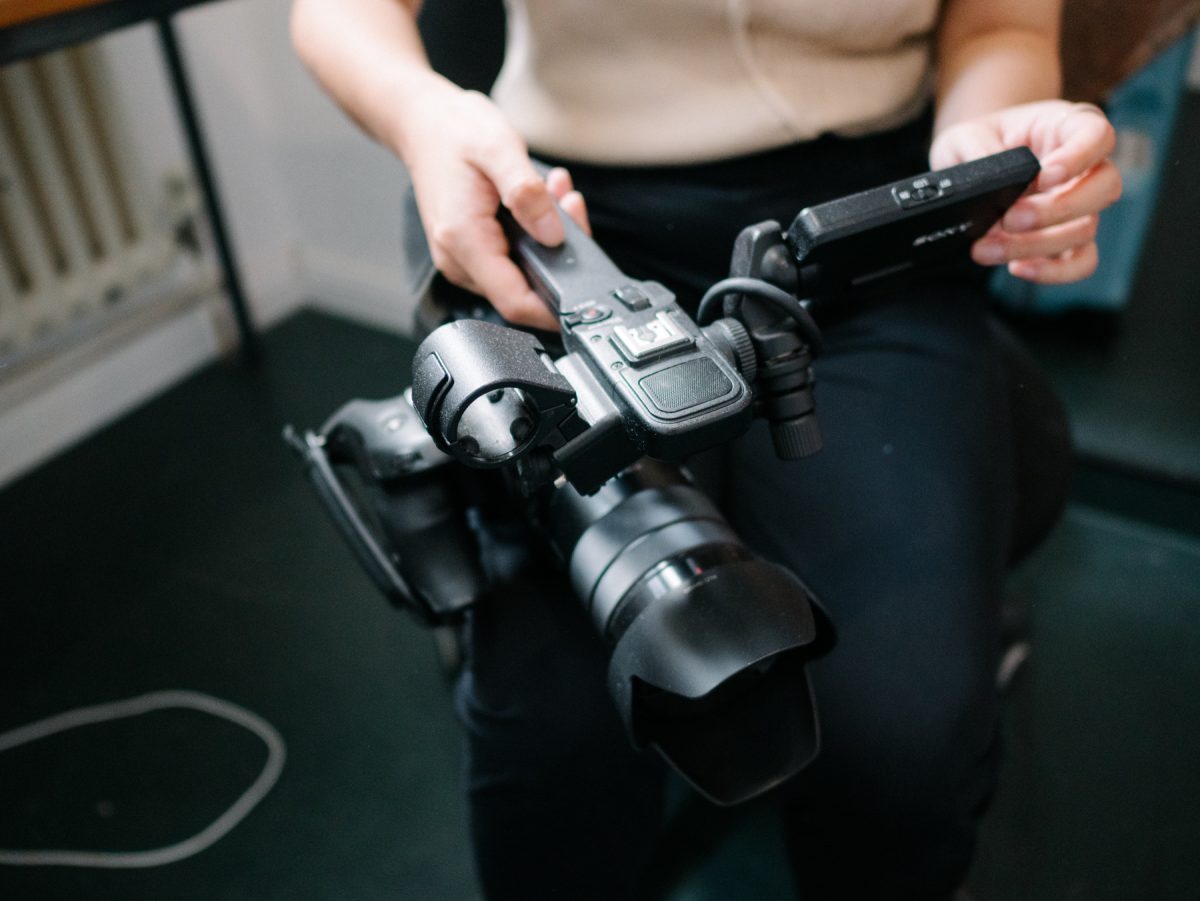
Interview Vanesa Angelino (@vaneangelino)
Photos Leon Lafay (@leonlafay)


